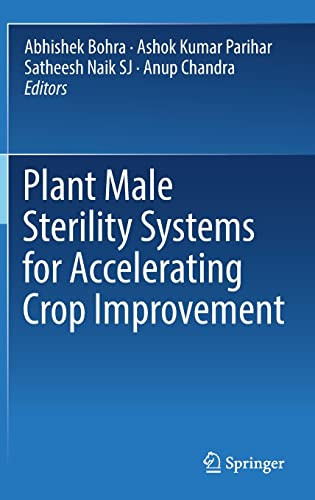

Most ebook files are in PDF format, so you can easily read them using various software such as Foxit Reader or directly on the Google Chrome browser.
Some ebook files are released by publishers in other formats such as .awz, .mobi, .epub, .fb2, etc. You may need to install specific software to read these formats on mobile/PC, such as Calibre.
Please read the tutorial at this link: https://ebookbell.com/faq
We offer FREE conversion to the popular formats you request; however, this may take some time. Therefore, right after payment, please email us, and we will try to provide the service as quickly as possible.
For some exceptional file formats or broken links (if any), please refrain from opening any disputes. Instead, email us first, and we will try to assist within a maximum of 6 hours.
EbookBell Team

4.8
54 reviewsThis book covers all aspects of hybrid breeding technologies applied for crop improvement in major field crops. The different male sterility systems such as genetic male sterility (GMS), cytoplasmic male sterility (CMS), cytoplasmic and genetic male sterility (CGMS), and male sterility induced by the photoperiod (PGMS), temperature (TGMS), and chemicals are discussed in detail. The different chapters in this book provide a timeline of the key breakthroughs witnessed in the field of plant male sterility technologies, their application in hybrid breeding, and the relevance to the current need for food security.
In-depth insights into the genetic and regulatory mechanisms of plant male sterility have been presented. This includes discussion on a variety of molecular players that induce male sterility and rescue male fertility in the hybrid plants. To enhance this book’s appeal, more emphasis has been given on the modern emerging approaches such as construction of heterotic pools that could boost hybrid breeding for enhanced crop performance amid climate change and growing population worldwide.
This book is a guide for growers and industries related to field and horticultural crops. Further, it is a useful reference for plant breeders, researchers and extension workers, and students. The material can also be used for teaching undergraduate and postgraduate courses.